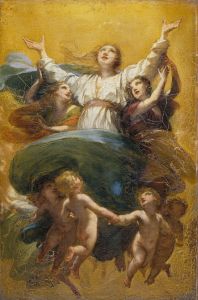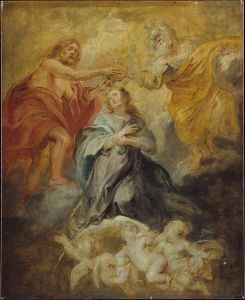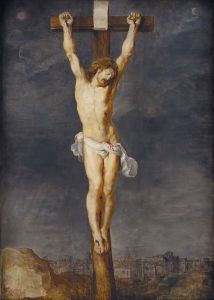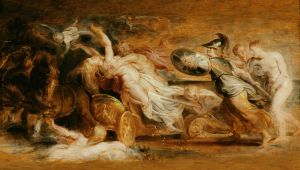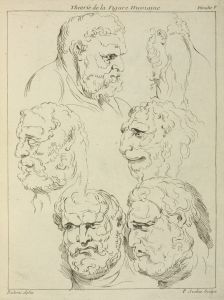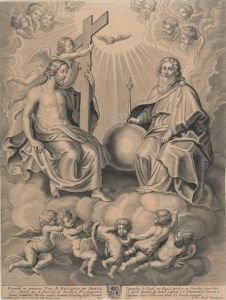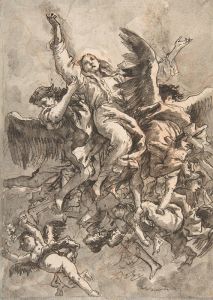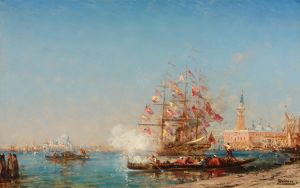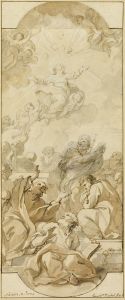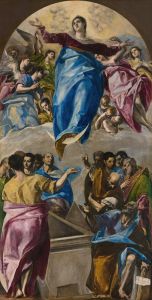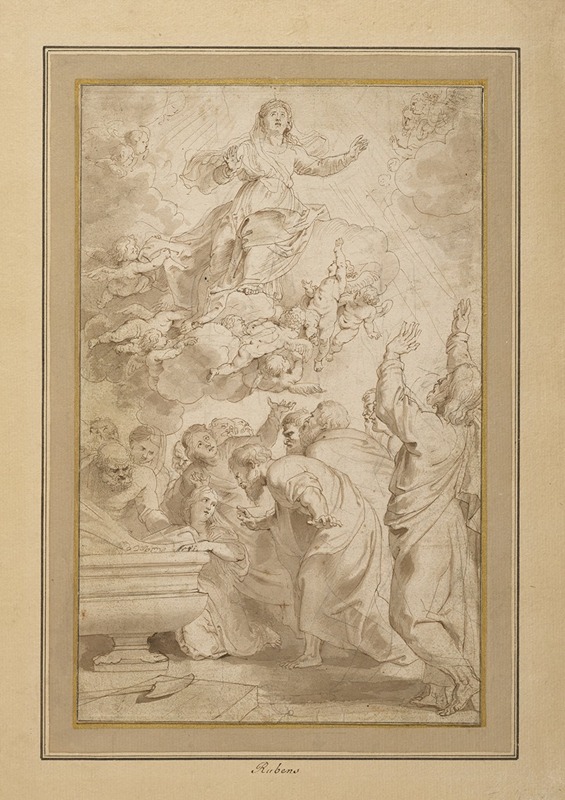
The Assumption of the Virgin
A hand-painted replica of Peter Paul Rubens’s masterpiece The Assumption of the Virgin, meticulously crafted by professional artists to capture the true essence of the original. Each piece is created with museum-quality canvas and rare mineral pigments, carefully painted by experienced artists with delicate brushstrokes and rich, layered colors to perfectly recreate the texture of the original artwork. Unlike machine-printed reproductions, this hand-painted version brings the painting to life, infused with the artist’s emotions and skill in every stroke. Whether for personal collection or home decoration, it instantly elevates the artistic atmosphere of any space.
The Assumption of the Virgin is a monumental oil painting created by the Flemish Baroque artist Peter Paul Rubens. Completed in 1626, the work was commissioned for the high altar of the Cathedral of Our Lady in Antwerp, Belgium, where it remains to this day. The painting is one of Rubens' most celebrated religious works and exemplifies his mastery of dynamic composition, vibrant color, and dramatic expression.
The painting depicts the Assumption of the Virgin Mary, a central event in Catholic theology, where Mary is taken up into heaven, body and soul, at the end of her earthly life. Rubens portrays the Virgin Mary ascending triumphantly, surrounded by a host of angels. Her figure is illuminated by a radiant light, emphasizing her divine nature and the glory of the moment. Below her, the apostles are gathered around her empty tomb, their gestures and expressions conveying awe, wonder, and devotion.
Rubens' composition is characterized by its dramatic use of movement and energy. The swirling arrangement of figures, combined with the interplay of light and shadow, creates a sense of upward motion, drawing the viewer's eye toward the Virgin at the center of the scene. The vibrant color palette, dominated by rich reds, blues, and golds, enhances the painting's emotional intensity and grandeur.
The Assumption of the Virgin reflects Rubens' deep understanding of Italian Renaissance and Baroque art, particularly the influence of artists such as Titian and Caravaggio. Rubens had spent several years in Italy earlier in his career, where he studied the works of these masters, and their impact is evident in his use of dramatic lighting, dynamic composition, and expressive figures.
The painting was part of a larger effort to decorate the Cathedral of Our Lady following the iconoclastic destruction of much of its original art during the Protestant Reformation. Rubens was a key figure in the Counter-Reformation art movement, which sought to inspire faith and devotion through powerful and emotive religious imagery. His work on The Assumption of the Virgin was intended to reaffirm Catholic beliefs and celebrate the Virgin Mary as a central figure of veneration.
Today, The Assumption of the Virgin remains a masterpiece of Baroque art and a testament to Rubens' artistic genius. It continues to draw visitors to the Cathedral of Our Lady, where it serves as both a religious icon and a cultural treasure.





